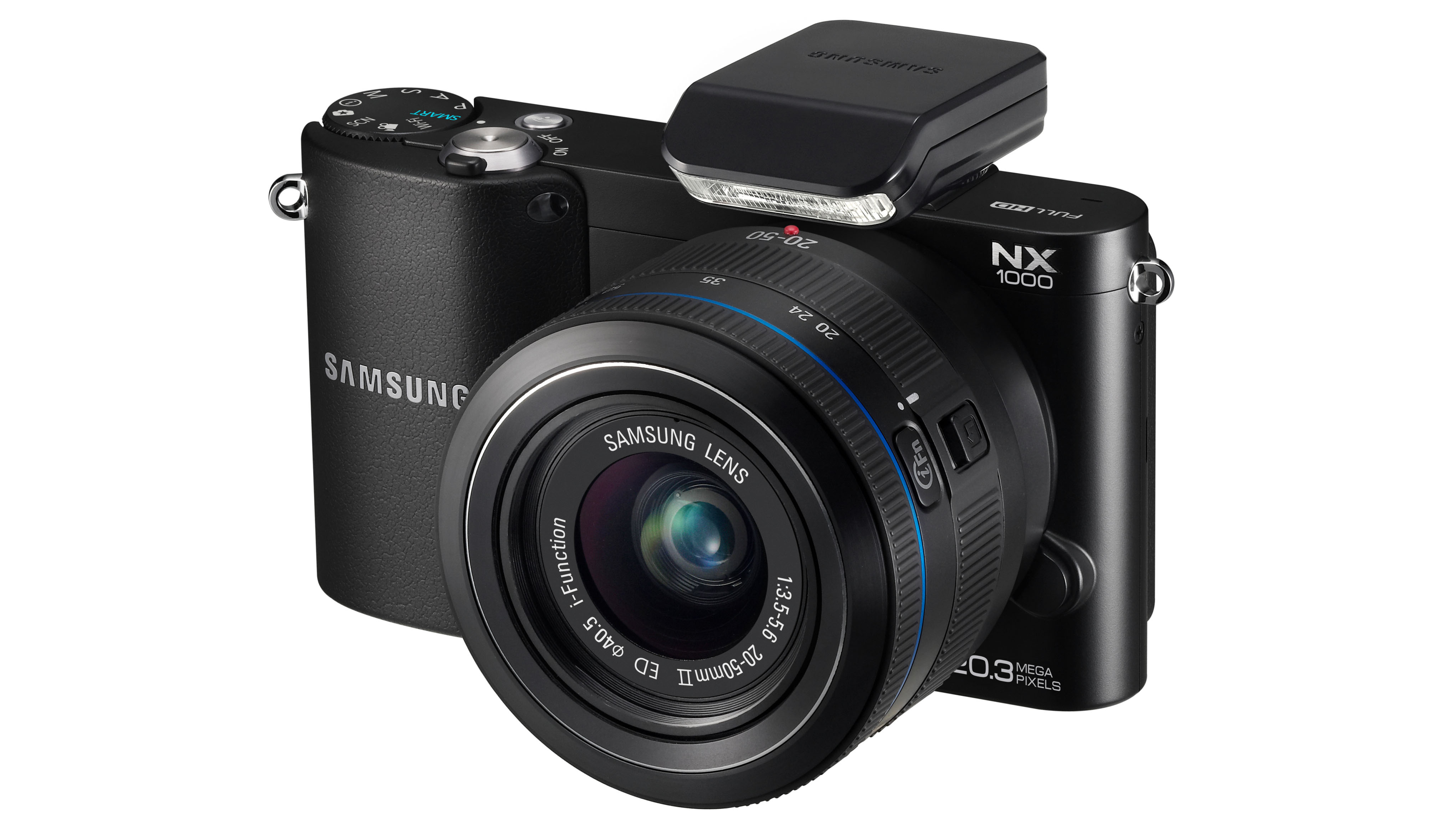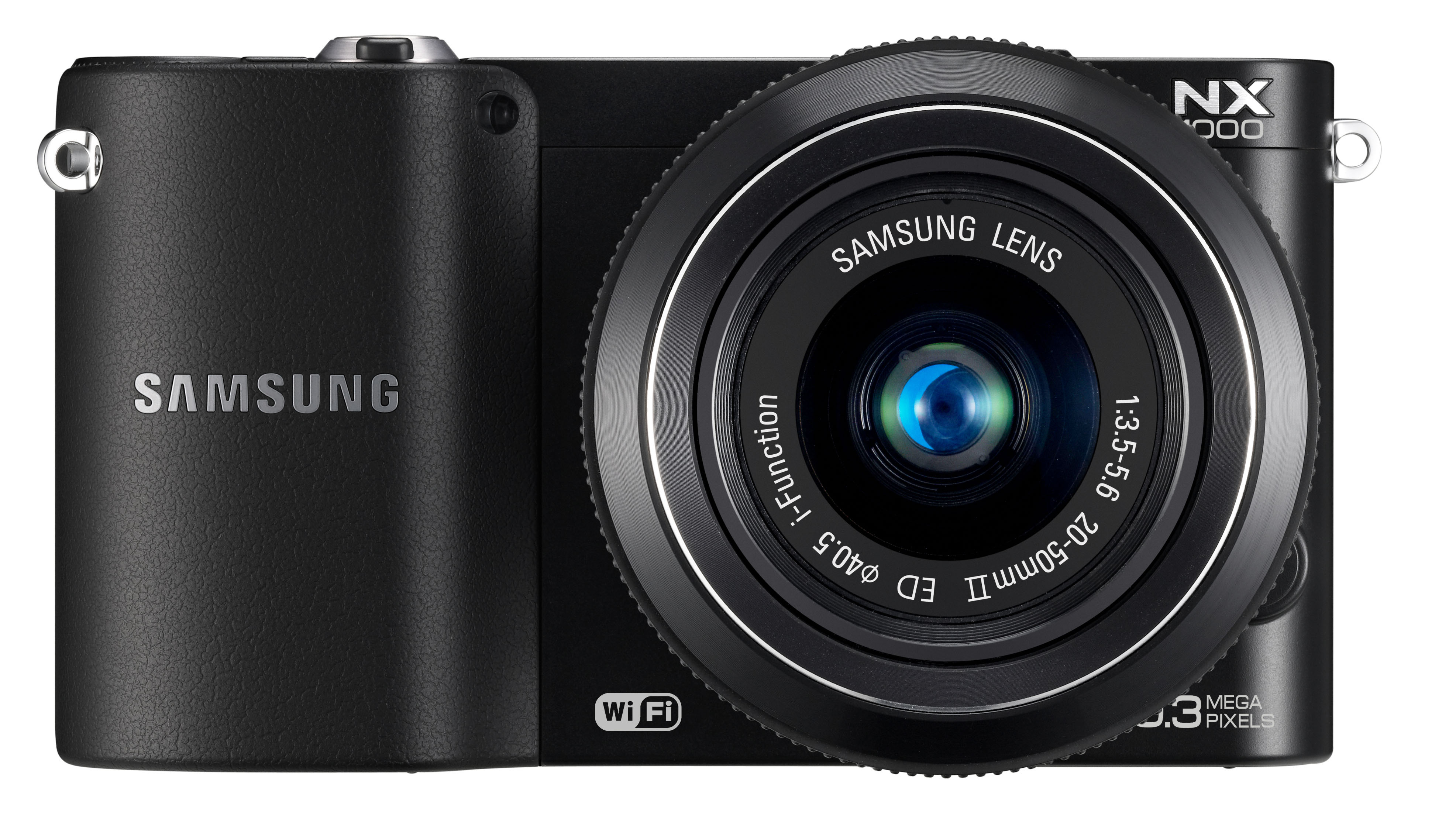Why you can trust TechRadar
If this camera can be summed up in one sentence, it's this: the Samsung NX1000 exceeded all of our expectations in terms of image quality, and the only thing that lets it down is its speed. For starters, by the time you switch the camera on and are ready to take a photo, it's been nearly three seconds.
Three seconds doesn't sound like a whole lot of time, but when your child is pulling a stupid face or the Yeti is flashing a peace sign before diving into the forest, those three seconds can actually make or break a photo.
In other ways the camera is very speedy. Switching between scene modes and changing exposure times, for instance, is seamless.
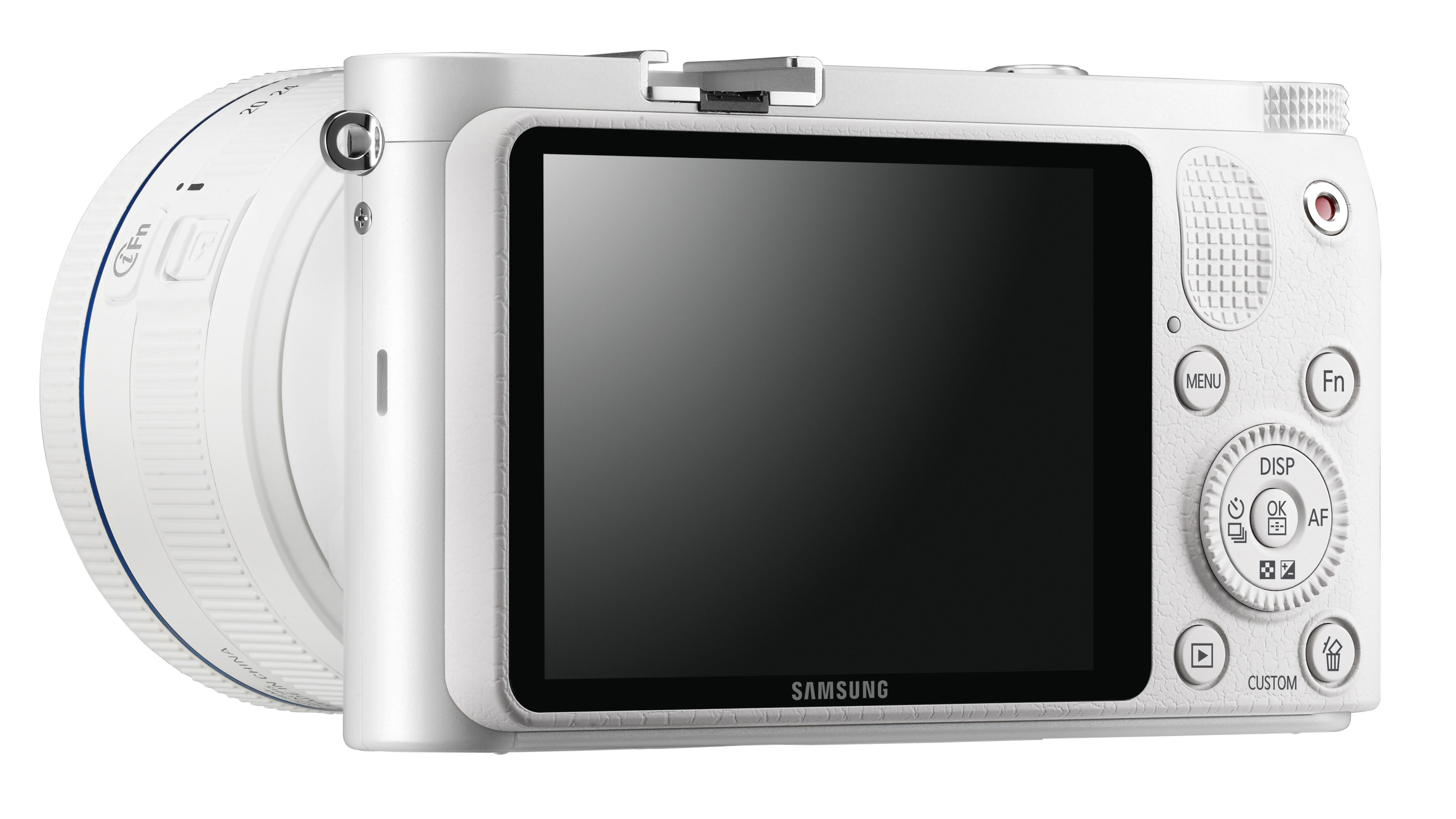
However, we shot JPEG + raw for the purposes of this test - a common setting most photographers use - and on average it took about three seconds between shots for the Samsung NX1000 to process images. Taking a picture of a waterfall, for instance, then pressing the playback button to check it was sharp, meant that each time we had to wait while the screen flashed 'Processing'.
Even taking a picture and then turning off the camera, as you might do in a museum or another place where you're trying to be discreet, the NX1000 flashes 'Processing' before finally shutting off. This could get rather frustrating after a while.
That said, the image quality exceeded all of our expectations. The 20.1-million-pixel sensor captured clear, sharp images, and we were even able to achieve sharp images shooting handheld at shutter speeds as slow as 1/5 sec.
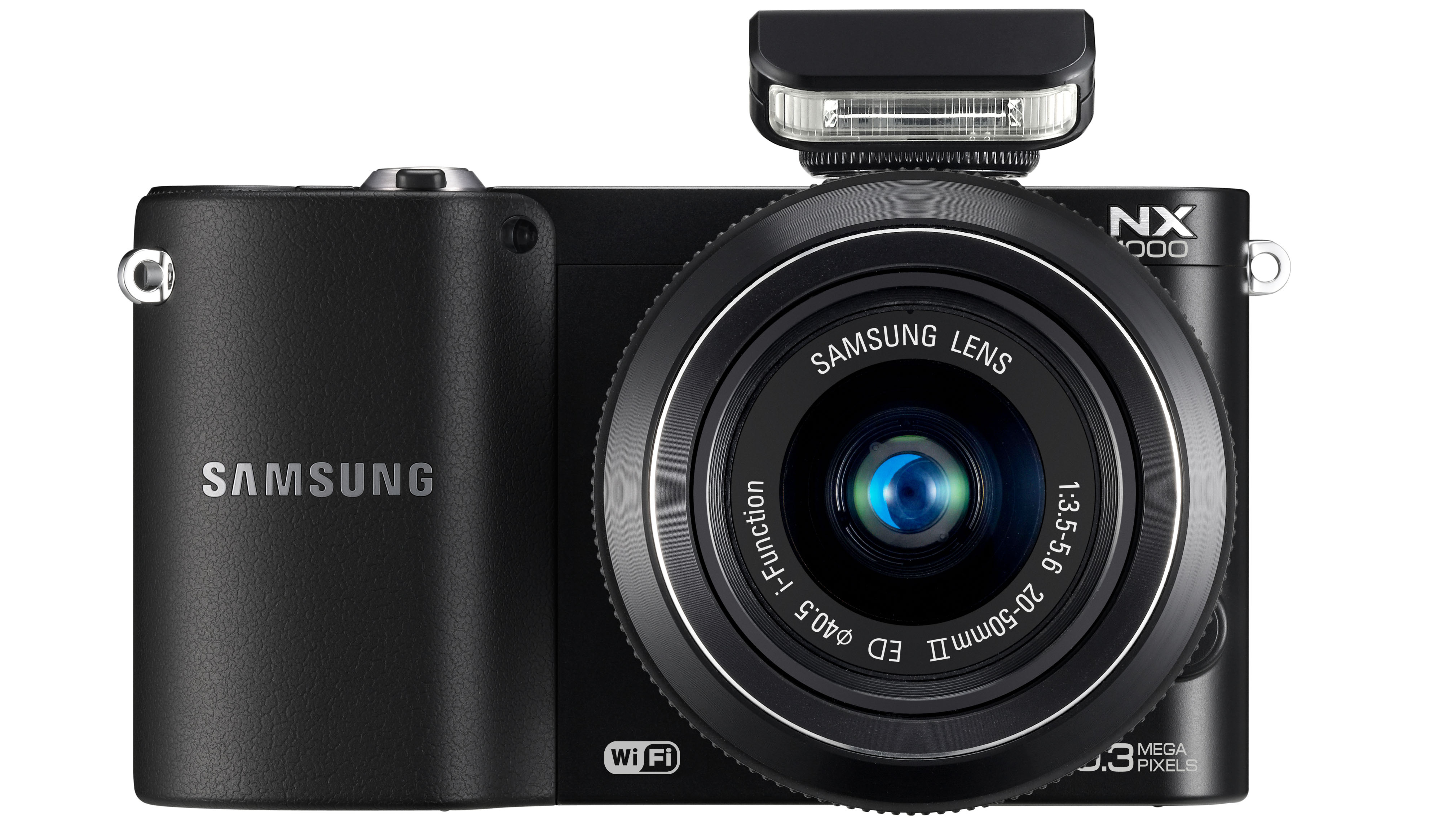
Noise is also very well contained in images from ISO 100-1600, which enabled us to shoot handheld under a dark forest canopy and photograph a waterfall from a range of angles. The first hints of noise show up at ISO 3200, but even this is still very good.
The big jump in quality occurs at ISO 6400 and 12,800. Noise is visible in all the images we took at these settings - but that said, if your goal is simply to share these photos online via the Samsung NX1000's Wi-Fi connectivity, you have nothing to worry about shooting at ISO 12,800. This is incredible flexibility.
Colour rendition, as well, is quite good on the whole. Images are natural-looking, and this is achieved in a range of light conditions. We did find images a little colder in mixed lighting, but not grossly so.
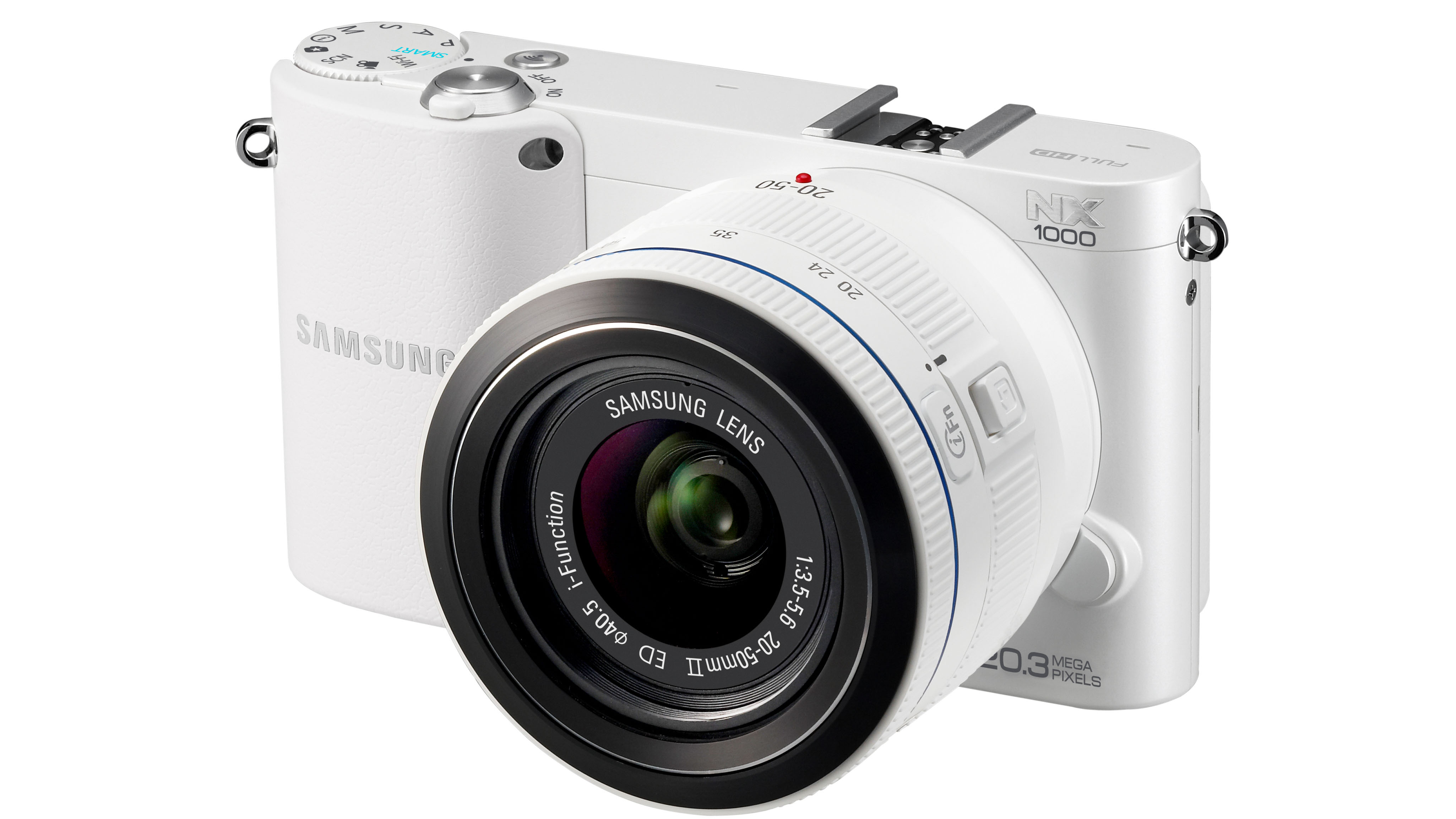
And the Samsung NX1000's generous number of in-camera editing options enable you to tweak this quite easily in playback mode. The camera is also capable of capturing detail across a range of tones, even in strong light.
Likewise, the camera's AF system proved very accurate. While not the fastest (as a CSC the Samsung NX1000 uses a contrast AF system rather than phase detection), it was never wrong. Even when shooting dark subjects in dull lighting it was able to pick out the key elements in the frame and get them sharp.
Using the centre AF point, in particular, makes it easy to get sharp images, thanks to a feature enabling you to enlarge the centre point. Simply press the OK button in the centre of the four-way button on the back of the camera. Move the AF point to your selected location and scroll clockwise with the wheel to enlarge it.
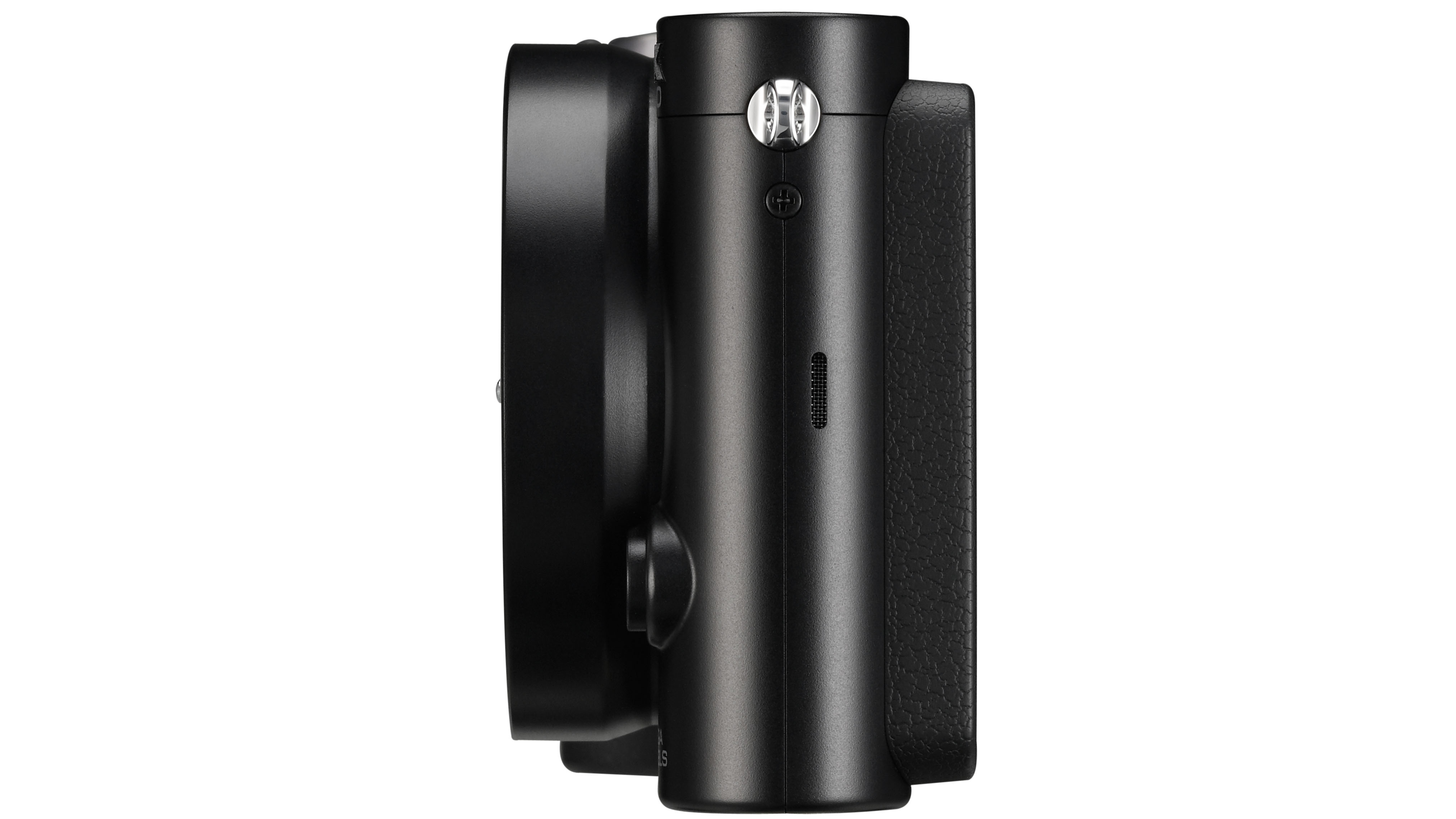
The camera offers four AF modes: Face Detection, Multi AF, Selection AF and a Self-Portrait Tracking AF mode. When focusing manually, an MF Assist function accessed via the main menu can be used to magnify the scene on the LCD by x5 or x8.
Simply apply your desired setting in the menu, then as you twist the focus ring your scene - and subject - magnifies, enabling you to fine tune for precise focus. This was very handy when shooting close-up shots of moss formations on logs, for instance, during our test.
Video we shot was crisp and clear, and one nice feature was the ability to record a video to be played at different speeds using the Multi Motion option. You can choose from speeds of x0.25, x0.5, x1, x5, x10 and x20. You might not use these all the time, but it's a nice option to have.
Other handy features in Movie Mode are a Fader option for setting a fade-in or fade-out effect on your movies, and the option to enable or disable voice recording for a video.
